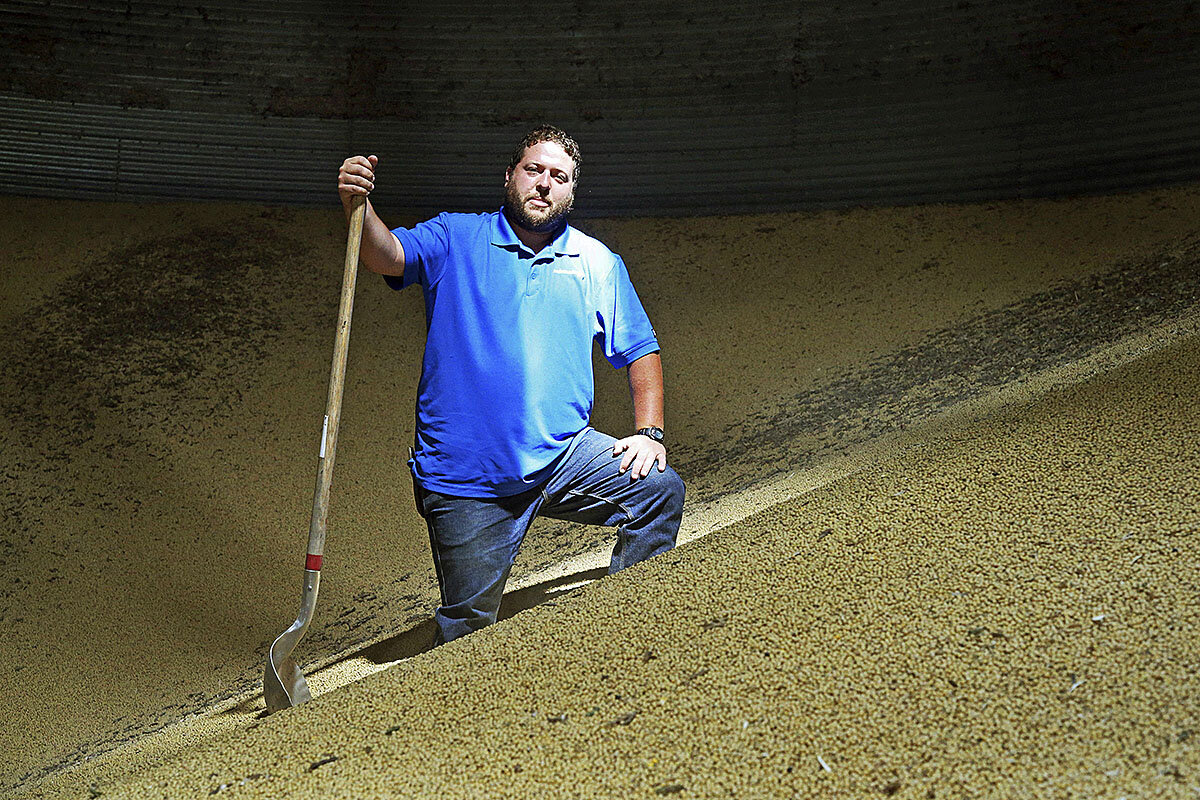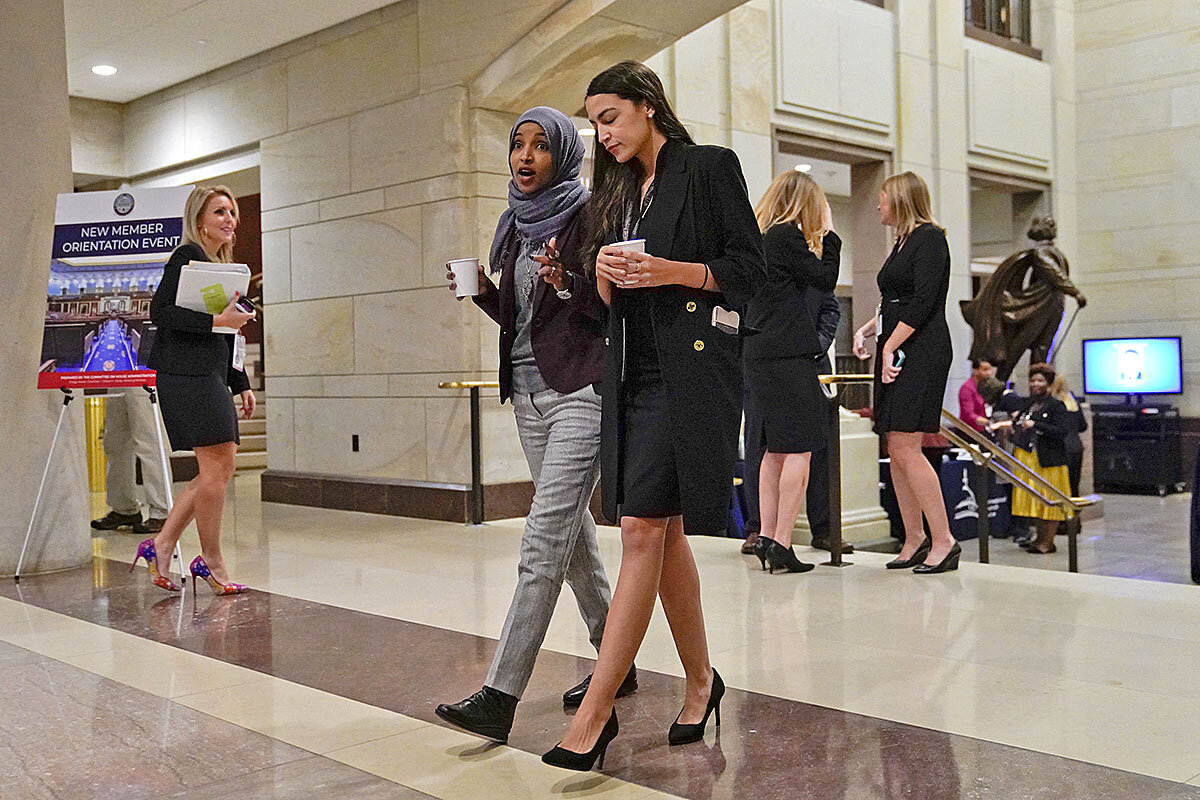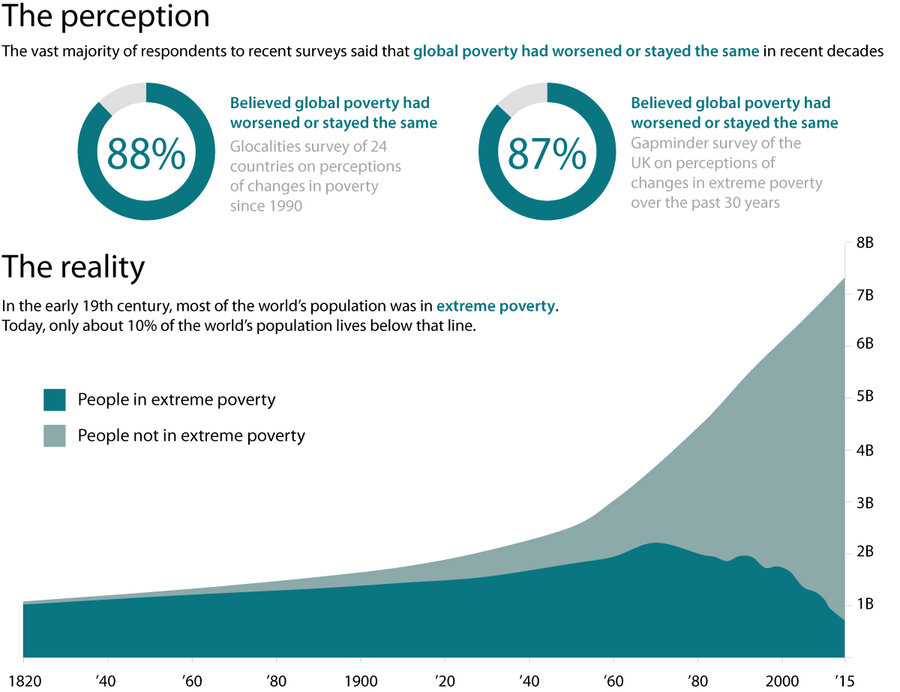In a democracy, when have the people really decided? Disappointment with the British government's negotiated terms for withdrawal from the European Union is fueling a campaign for a second Brexit referendum.
Monitor Daily Podcast
- Follow us:
- Apple Podcasts
- Spotify
- RSS Feed
- Download
 Laurent Belsie
Laurent Belsie
An American is vying to be the world chess champion, and few in the United States know about it.
One reason may be the news coverage, which has been understandably sparse. Watching two guys stare at a chessboard for hours on end doesn’t exactly pack the punch of basketball – or curling.
Another reason is that the world has changed since 1972, the last time an American played for the chess championship. Back then, the victory of American challenger Bobby Fischer over Soviet champion Boris Spassky was as much about geopolitics as chess. Today, the US-Russian rivalry, while still important, doesn’t retain the same cold-war relevance.
And thanks to strides in artificial intelligence (AI), world chess champions are no longer regarded as incomparable geniuses. Anybody with a good chess program can beat them.
What’s telling is that chess hasn’t become irrelevant in the face of these political and technological changes. It has adapted. Chess champions now come from other places than Russia. The current champion, Magnus Carlsen, is Norwegian. His predecessor was from India. And instead of AI replacing human chess, top players use it to improve their game – a good example of how workers aren’t doomed to lose out to machines if they’re willing to change.
After eight games of their 12-game showdown in London, Mr. Carlsen and US challenger Fabiano Caruana are tied. Play resumes Wednesday.
Now, on to today’s winning stories.











